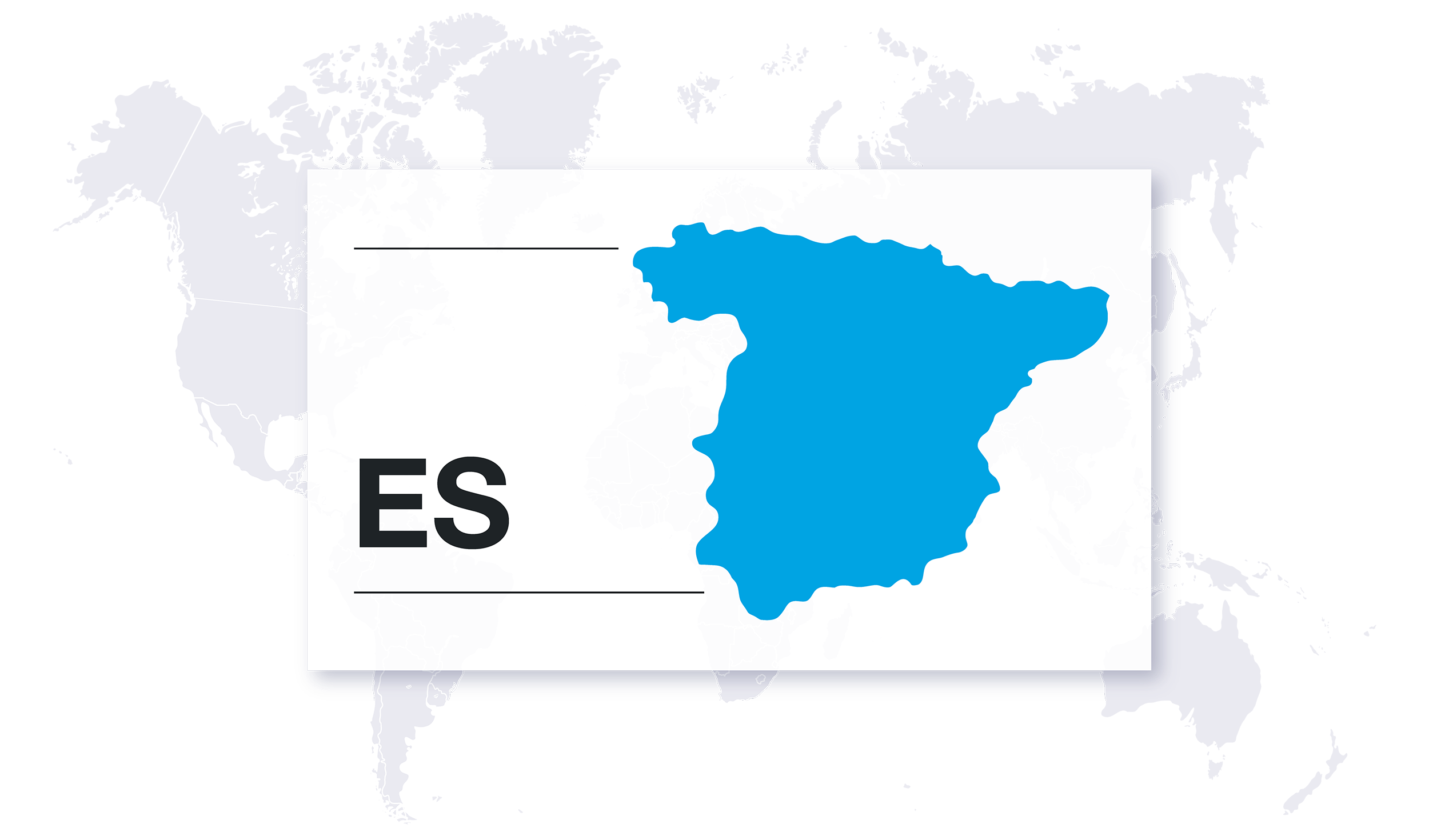
3 minute read
Following the signing of California Senate Bill 973 (“SB 973”) into law on September 30, 2020, mandatory CA pay data reporting will take effect on January 1, 2021. The new requirements under SB 973 (California’s Pay Data Reporting) are positioned to have far-reaching implications for pay equity and pay data reporting both in California and beyond.
With last year’s announcement by the U.S. Equal Employment Opportunity Commission (EEOC) that it will not seek to renew collection of its EEO-1 Component 2 pay data, California’s SB 973 is poised to fill in the void. California’s Senate Bill 973 is based on the EEOC’s former Component 2 pay and hours-worked data reporting obligation, with an initial reporting deadline of March 31, 2021.
As background, initiated under the Obama Administration, the EEO-1 Component 2 reports consist of pay and hours-worked data, disaggregated by gender and race/ethnicity. The Component 2 obligation had been anticipated to take effect starting in 2016. However, with the change in administration, this pay data reporting requirement was halted indefinitely, only to be reinstated by court order as a result of litigation with employee and minority rights advocates, resulting in the requirement to report pay data but only for the 2017 and 2018 years.
Under SB 973 (California’s Pay Data Reporting), on or before March 31, 2021, a private employer with at least 100 employees and who is required to report to an annual “Employer Information Report” (EEO-1 Component 1) under federal law will be required to submit a pay data report of their workforce akin to Component 2 for the prior calendar year (“the “Reporting Year”). Notably, not all 100 employees are required to be located in California in order for employers to be required to submit pay data reporting.
The pay data report is required to include the number of employees by race, ethnicity, and sex in each of 10 categories, identical to those found in the former Component 2 reporting. These consist of (A) Executive or senior-level officials and managers, (B) First or mid-level officials and managers, (C) Professionals, (D) Technicians, (E) Sales workers, (F) Administrative support workers, (G) Craft workers, (H) Operatives, (I) Laborers and helpers, and (J) Service workers.
Additionally, the pay data report requires the number of employees by race, ethnicity, and sex whose earnings fall within each of the pay bands used by the U.S. Bureau of Labor Statistics in the Occupational Employment Statistics survey. These counts are reported based on “snapshots” during a simple pay period of the employer’s choice between October and December 31 of the Reporting Year. The pay data report also requires the total number of hours worked by each employee counted in each pay band during the Reporting Year.
For employers with multiple establishments, the employer must submit a pay data report for each establishment plus a consolidated report, including the employer’s North American Industry Classification System (NAICS) code.
Although the pay data reports are confidential, SB 973 (California’s New Pay Data Reporting) carves out certain exceptions to such confidentiality. For example, they may be disclosed “as necessary for administrative enforcement or through the normal rules of discovery in a civil action.” Further, the Department of Fair Employment & Housing (DFEH) will maintain the reports for at least 10 years, and is entitled to publish on an annual basis, and publicize aggregated reports provided that such reports are reasonably calculated to prevent the association with any person or business.
The DFEH (Department of Fair Employment & Housing) is authorized to implement SB 973, including the promulgation of rules and regulations to carry out and enforce SB 973. Express authority includes subpoenas, interrogatories, depositions, document requests, and to seek court order to compel their compliance.
For employers, the implementation of SB 973 establishes new standards and urgency to demonstrate fairness in pay, reduce the risk of litigation, and promote diverse, equitable, and inclusive workplaces.



